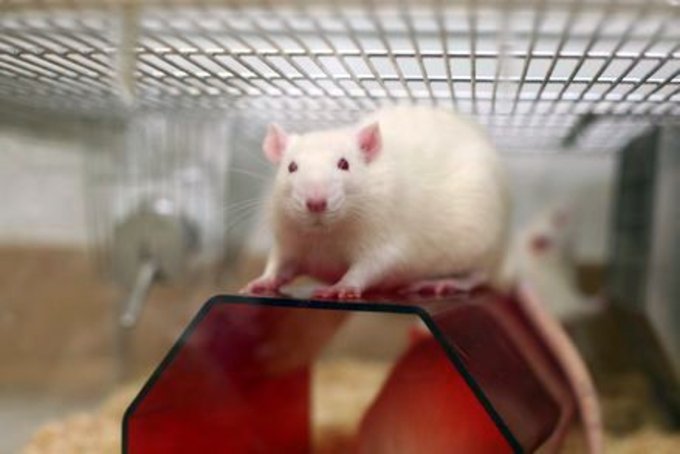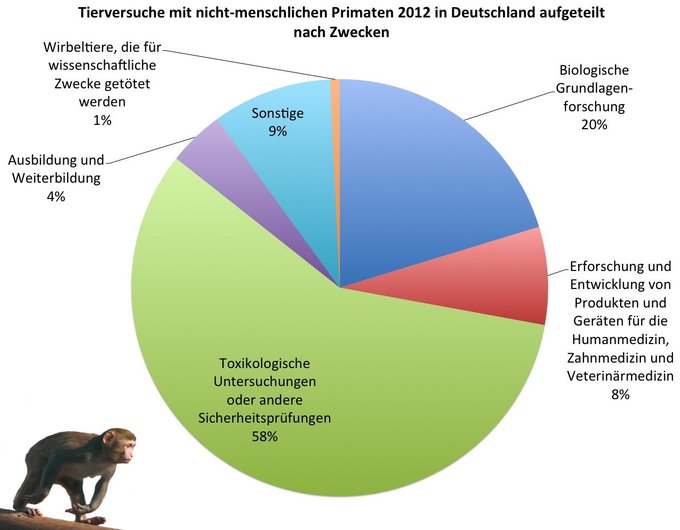Introduction
In this modern age there are many topics that are controversial, emotionally charged, and loudly and fiercely debated. Animal testing is one such issue that polarizes society and sometimes tears open divides that cannot be bridged. Entire industries, including the pharmaceutical, the cosmetics, and the chemical industries, as well as companies that develop and manufacture medical devices, come under suspicion. Companies are anonymously targeted, but often the employees who work specifically on animals are the ones personally affected. Simple ignorance and a lack of understanding and knowledge of complex interrelationships often collide with the "Ivory Tower of Science" and create mistrust and fear. This calls for the scientific community to explain, clarify and present transparently, honestly and openly what goes on in the laboratories of its institutions. An excellent example is an initiative by Swiss, and now many German scientists, known as the "Basel Declaration" 1) (Figure 1). The Declaration transparently shows how experimental animals in science and industry contribute to saving lives, to our safety, and to improving the quality of life.


